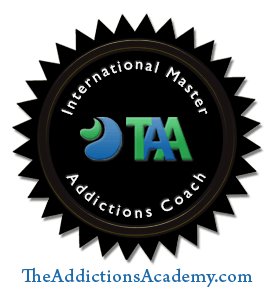The Dangers of Pornography Addiction
I was listening to an episode of the podcast Diary of a CEO recently with a roundtable discussion about the future impact of AI. At one point, the conversation turned to childhood education in an AI world and the general advice they gave their own children. One of the panelists, Dr. Bret Weinstein, noted that he tells his children to stay away from pornography at all costs. He further said that he would rather his children have a drug addiction than a pornography addiction. Dr. Weinstein's point was in no way to diminish the overwhelming struggles of those suffering from drug addiction. Rather, his point was to emphasize how bad a pornography addiction can become.
Pornography addiction is becoming a larger problem in our society. Every year, the percentage of the population struggling with pornography addiction increases. The current data show that approximately 7% of the US population (11% of men and 3% of women) self-report having a pornography addiction. These percentages are likely significantly higher, as the data is based on self-reporting.
Pornography is Not a Harmless Indulgence:
Pornography allows one to experience sexual pleasure without the personal experience and potential risks of having sex, such as pregnancy and STDs. Therefore, pornography has an inherent appeal for many users. Many users rationalize their use by assuming pornography is harmless, that the people in the videos are paid to perform, enjoy what they are doing, and want to be filmed. One can easily perceive pornography as harmless enjoyment. However, many horror stories have come from the pornography industry over the past decades. Forced, violent sex, being filmed without consent, and having those videos posted on websites has caused serious harm to the mostly women victimized by those producing these films. Pornography is certainly not harmless to those who are filmed having sex. It’s also far from harmless to those watching pornography.
Developing a Pornography Addiction:
Initially, people engage in potentially addictive behaviors because of the pleasure gained from the behavior. Frequently, addictive behaviors are introduced during childhood, a time when the potential dangers aren't appreciated. The average age of pornography exposure is approximately twelve years old. The initial curiosity about pornography leads to using pornography during masturbation. While many people never progress beyond using pornography for occasional enjoyment, others progress to more concerning usage.
Addiction is characterized by the "4 C's." Occasional pornography use moves to more frequent, uncontrollable, and compulsive use. The user starts using pornography as an emotional coping mechanism, and the pornography use continues despite life-damaging consequences. Addiction turns pornography from "harmless fun" to an all-encompassing, life-damaging addiction.
Why is Pornography Addiction Dangerous?
Addiction doesn't remain static. Over time, the desired effect from pornography wears off, leading to a need for more intense sexual imagery to attain the desired effect. Frequently, pornography addiction moves away from videos to more realistic online experiences like chat rooms or live online sex shows. Others may jump from virtual sexual stimulation to in-person experiences. The consequences of uncontrolled pornography addiction can be catastrophic. Some people cross lines into illegal behavior, such as seeking child abuse material and hiring sex workers. Damage to relationships, career loss, and legal consequences are real results of pornography addiction.
Pornography addiction is easy to hide. There are minimal physical signs suggesting a person has a pornography addiction. Behaviors such as sleeping during the day and frequent isolation may hint at a problem, but they are oftentimes dismissed as a symptom of something else. Online pornography use can be hidden by closing a laptop, turning a phone or tablet face down, or powering off a device when someone passes by.
The Internet: Adding Rocket Fuel to the Fire:
The internet plays a special role in pornography addiction. The Internet has removed many of the barriers to accessing pornography. Before the Internet, both physical and psychological roadblocks stood in the way of watching pornography. Pre-internet, if someone wanted to watch pornography, they had to leave the house and sneak into the adult section of the local video store, an adult video store or a XXX movie theater. After avoiding eye contact with the other visitors perusing the titles, there was the "walk of shame" up to the front counter to pay for the video or movie of one's choice, followed by sneaking out of the store and back home, praying one wasn't spotted along the way. One had to be dedicated to making this desired indulgence a reality. The Internet has removed all of these barriers by making free pornography available in the home to everyone, at any time, without anyone being aware of the behavior.
The Internet has also accelerated the rate at which pornography addiction develops and advances by providing unlimited amounts of content satisfying every kink and fetish imaginable. Therefore, a person can spend increased amounts of time each day watching pornography while exploring sexual behavior that they never considered arousing. It can, in turn, lead to new arousal patterns that would never have developed before the Internet. Moreover, internet sites carrying pornography use tactics such as providing short, intense "action-packed" scenes and immediate suggestions for the next video to watch as ways to increase the time people spend watching pornography. These tactics significantly contribute to advancing pornography addiction.
The elements of both pornography and the Internet that advance addiction development are the same elements that make recovering from the addiction so challenging. Blocking and accountability software exist and can serve as a barrier to pornography access. However, someone addicted to pornography can often find ways around the software. Therefore, true recovery from pornography addiction requires absolute dedication and discipline to recovery, which is much easier said than done.
Pornography addiction will continue to exist and increase in frequency. Widespread education about the dangers of pornography and re-established barriers to access are needed. Without a plan to reduce exposure and usage, society is perpetuating an environment that allows future generations to develop pornography addiction. Until change occurs, it is wise to heed Dr. Weinstein's warning about pornography.

